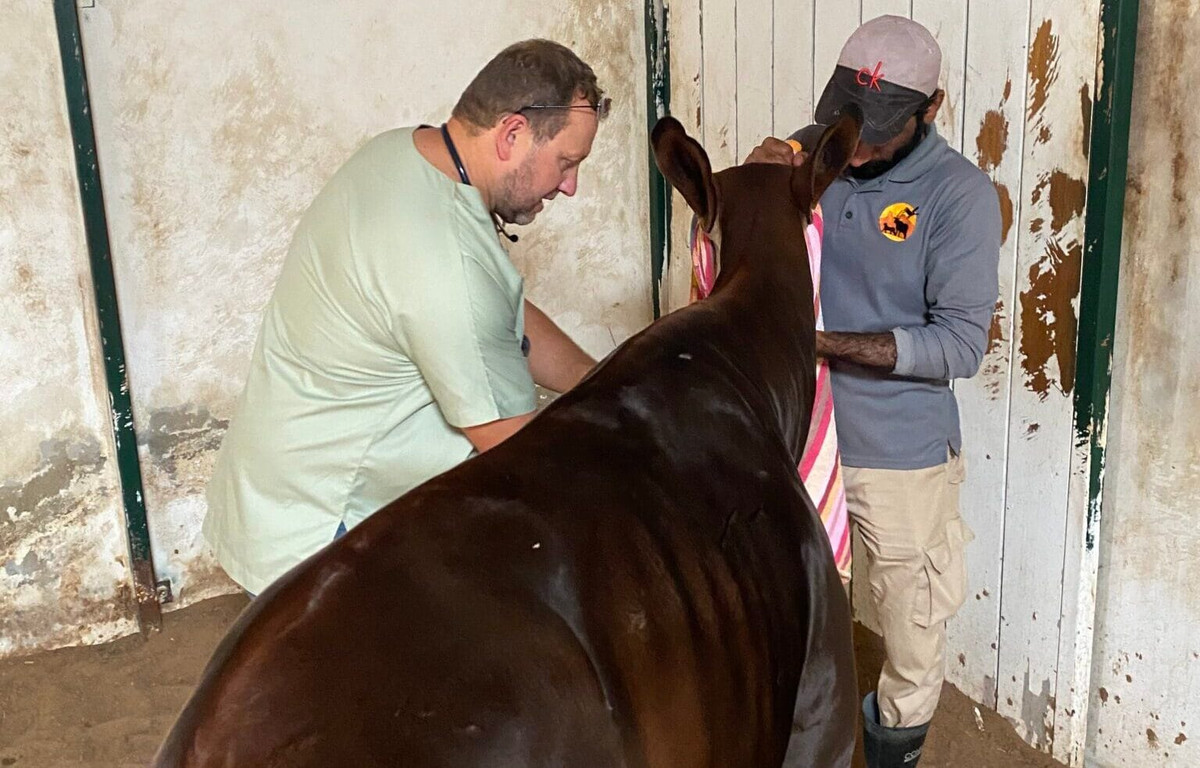
Every year, thousands of animals are transported by air – not only for trade or exhibitions but for critical preservation efforts, reproductive programs and emergency rescue. While we celebrate the International Wildlife Day, the role of air cargo in protecting wildlife occupies the center of the lead, highlighting both its challenges and the possibility of contributing to global preservation efforts.
Air goods in preservation
The transfer of wildlife through the air is often necessary: Endangered species raising programs; Wild and medical treatment, emergency processes, rescue operations from conflict areas, illegal trade, or natural disasters.
Air Cargo provides the fastest and safer way to transport animals, but also comes with responsibility for supporting the highest animal welfare standards. One of the greatest obstacles in transporting living animals is to ensure their safety and well -being and adapt to the trip. Unlike standard goods, animals require special conditions, including temperature control, ventilation, and minimal stress during transportation.
“The biggest challenge is an understanding that animals are not just shipments,” said Tim Pots, a zoo management specialist.
A mixture of bases
One of the biggest obstacles that prevent the transfer of smooth wildlife is the movement of global regulations. Each country has different permits, documentation, and quarantine, which makes coordinated international charges a logistical challenge.
“Some countries require months of paperwork before any animal is taken into account, while others have sudden regulatory changes that carefully disrupt the planned transitions,” Bouts explained. “This lack of monotheism can delay critical preservation efforts.”
Are the airports ready?
The other main concern that sparked the conference was the lack of specialized facilities at many airports to accommodate live animal shipments.
“Not every airport is equipped to deal with the transfer of wildlife, and this is a major issue,” Bot pointed out. “Some animals require control areas that are controlled by climate, safe containers, or even veterinary support upon arrival. Without these, the risk of delay and health complications increases.”
The positive development in the industry is the increasing airlines commitment to provide specialized services to transport wildlife. For example, Qatar Airways shipments provided the “Weqare” initiative, which provides a free transportation of wildlife that was rescued as part of its commitment to sustainability, and Skycargo has committed to combating illegal trafficking in wildlife, which contributes to facing the task of transporting wildlife.
On the World Wildlife Day for 2025, the aviation industry and logistical services are urged to identify their pivotal role in the survival of endangered species. With correct policies, technology and moral practices, air cargo can be a power for good in preserving global wildlife.
“The future of the transfer of wildlife depends on cooperation,” Bouts said. “It comes to combining airlines, conservative and governments specialists and logistical service providers to create solutions that benefit both animals and industry.”